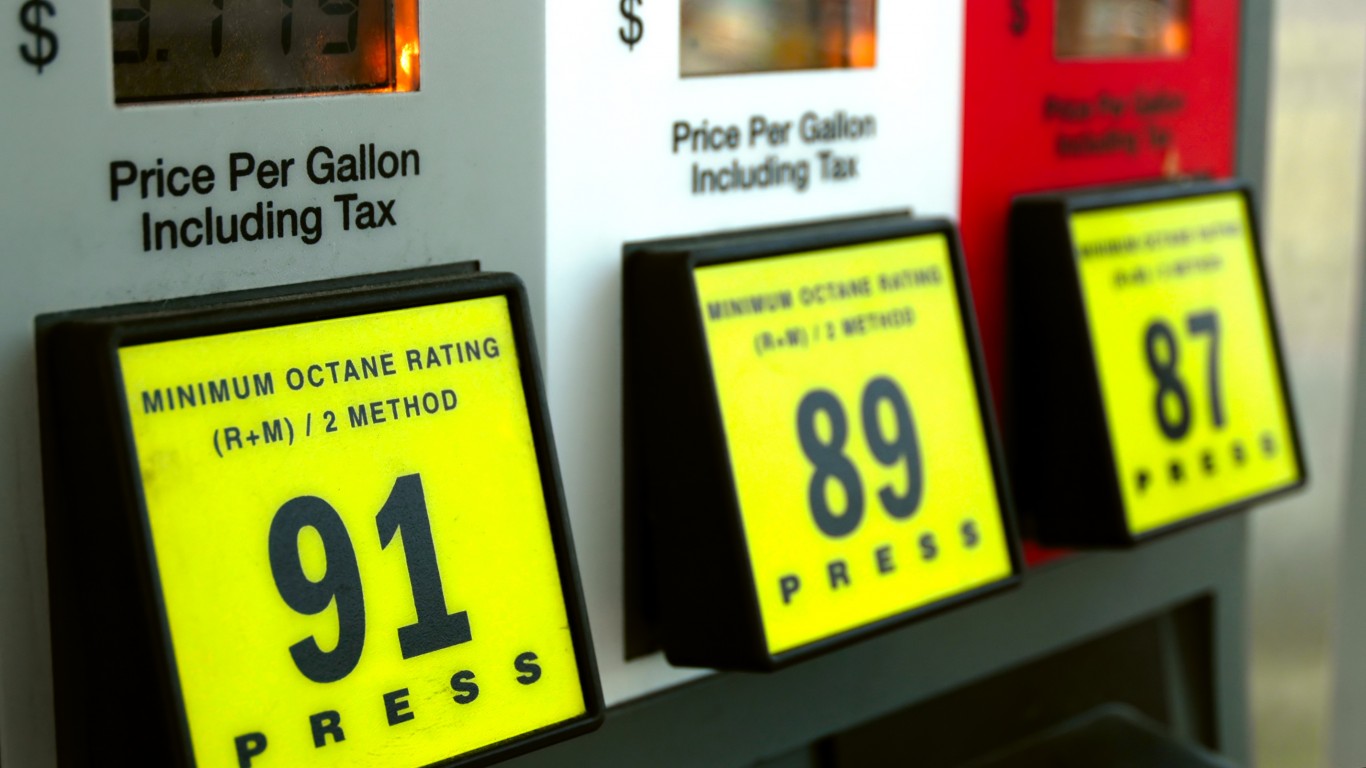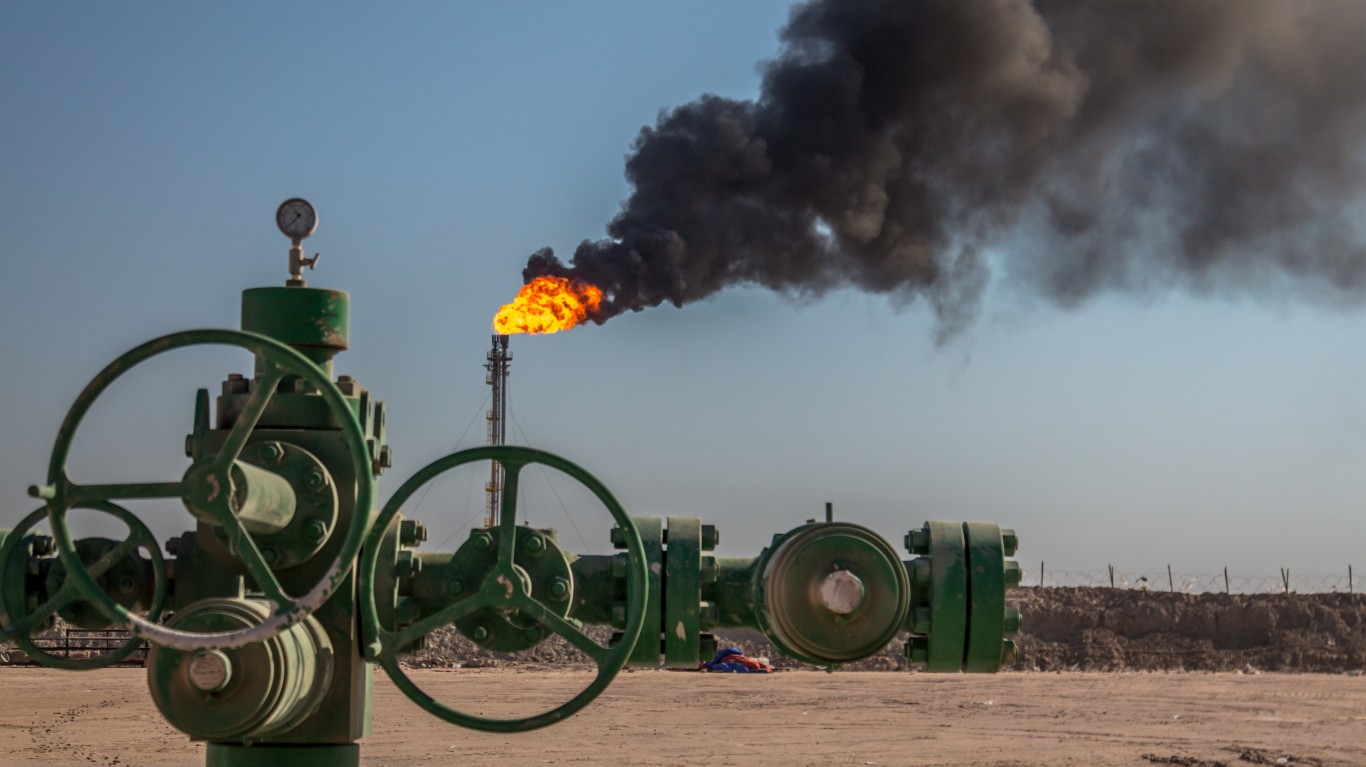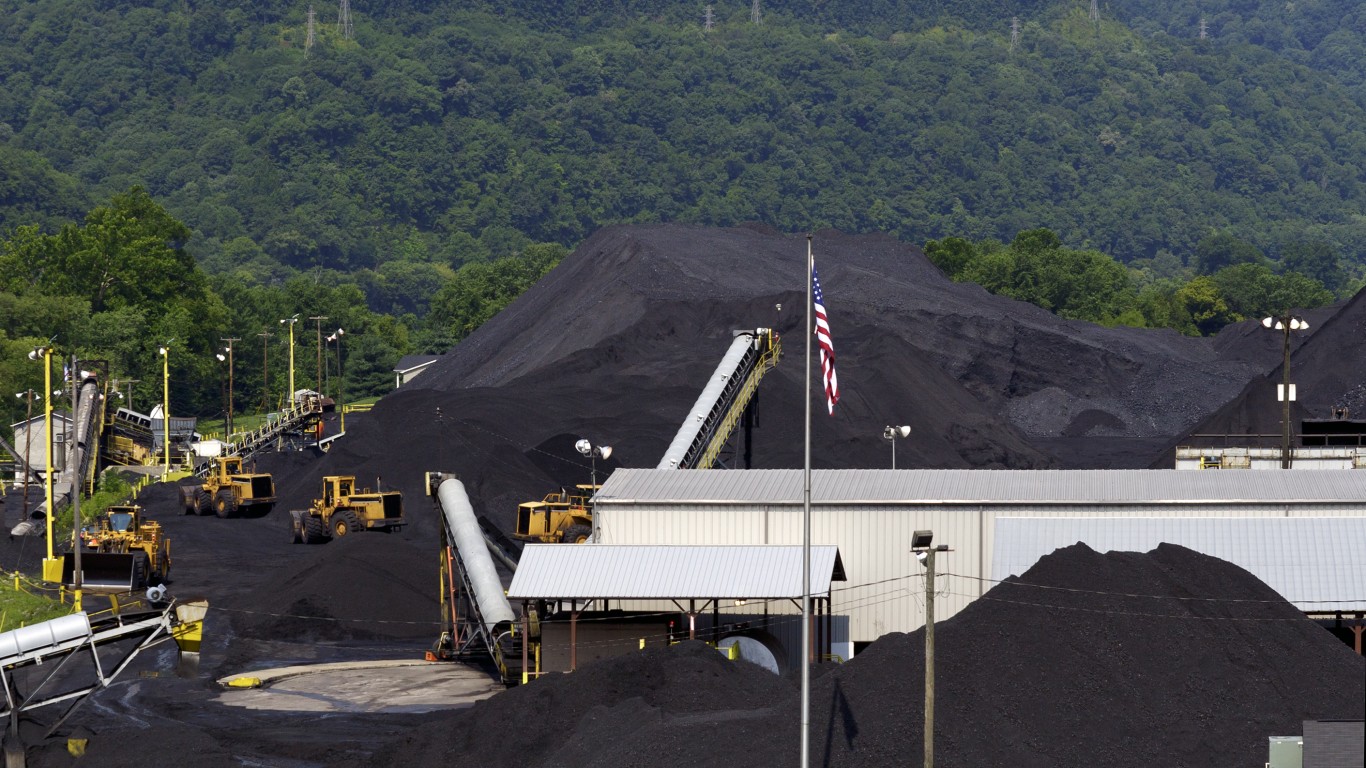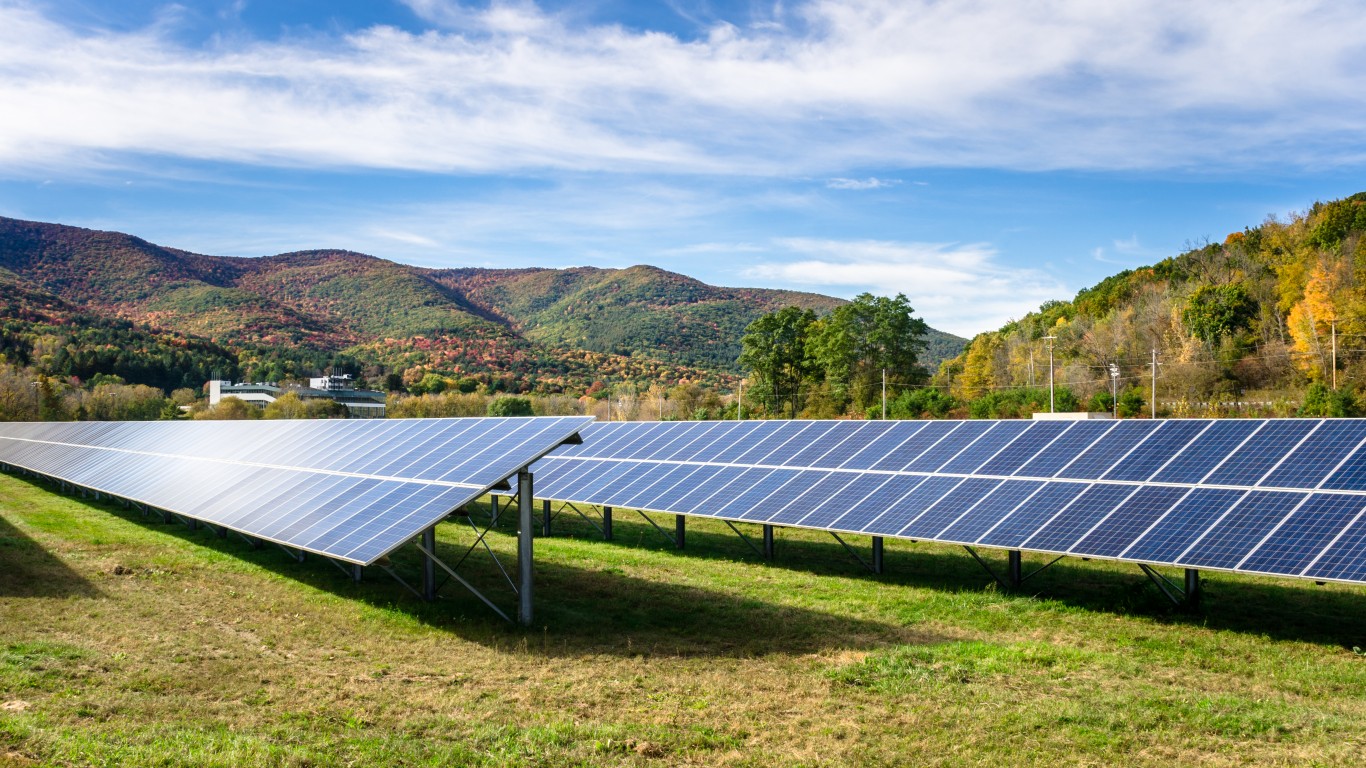
U.S. retail gasoline pump price increases fell by nearly three cents last week to a national average of $2.82 for a gallon of regular gas on the Memorial Day holiday weekend. Lower prices followed upon increasing concern over a decline in the global economy due to the rising trade tension between the United States and China. U.S. crude oil inventories also rose last week, putting further downward pressure on crude prices.
Futures and options traders once again reduced their long positions in major petroleum contracts, but with longs still outpacing shorts by about seven to one, there remains plenty of space for oil prices to rise again.
Patrick DeHaan, GasBuddy’s head of petroleum analysis, commented, “With the summer driving season kicked off, gasoline prices have continued to moderate with nearly all areas off their 2019 high water mark with more declines on the way. While the next 90 days may see some bumps in the road here and there, most motorists will be greeted with prices under $3 per gallon for a majority of the summer while the West Coast will see continued relief and prices likely above the $3 mark for most of the summer, but under the $4 levels we saw in the last month.”
DeHaan continued, “Overall, the biggest risk factors for rising gas prices this summer: unexpected refinery outages mainly in challenged areas like the Midwest or West Coast, a potential trade deal between the U.S. and China, and any rise in Middle East tensions, mainly between the U.S. and Iran. Otherwise, expect this summer’s gas prices to be similar but lower than they were last year.”
Retail gas prices fell in most states last week. The most common price for a gallon of regular gas dipped to $2.59 a gallon. Gas at the most expensive 10% of U.S. gas stations averaged $3.88, while prices at the least expensive 10% of gas stations averaged $2.33. The median price at all stations was $2.69.
At the same time last month, gas prices averaged $2.89, about seven cents above the current price. A year ago, the national average price was about $2.97, 15 cents higher than the most recent price.
California drivers were paying $4.06 on average for a gallon for gas Tuesday morning, with drivers in Hawaii ($3.81), Nevada ($3.56), Washington ($3.53) and Alaska ($3.52) rounding out the five states with the highest prices. Drivers in Oregon, Arizona, Utah and Idaho, also were paying more than $3 a gallon.
At the other end of the spectrum, drivers in Mississippi ($2.41), Alabama ($2.43), Louisiana ($2.43), South Carolina ($2.46) and Arkansas ($2.47) are paying the least for gas.
West Texas Intermediate crude oil for July delivery traded up about 0.3% just before noon Tuesday at $58.89, while Brent for July delivery traded at $68.39, down about 0.5%. The price differential (spread) between front-month WTI and Brent crude is now around $9.50 a barrel, 43 cents wider than a week ago.
Want to Retire Early? Start Here (Sponsor)
Want retirement to come a few years earlier than you’d planned? Or are you ready to retire now, but want an extra set of eyes on your finances?
Now you can speak with up to 3 financial experts in your area for FREE. By simply clicking here you can begin to match with financial professionals who can help you build your plan to retire early. And the best part? The first conversation with them is free.
Click here to match with up to 3 financial pros who would be excited to help you make financial decisions.
Have questions about retirement or personal finance? Email us at [email protected]!
By emailing your questions to 24/7 Wall St., you agree to have them published anonymously on a673b.bigscoots-temp.com.
By submitting your story, you understand and agree that we may use your story, or versions of it, in all media and platforms, including via third parties.
Thank you for reading! Have some feedback for us?
Contact the 24/7 Wall St. editorial team.
 24/7 Wall St.
24/7 Wall St.


